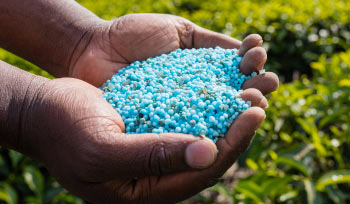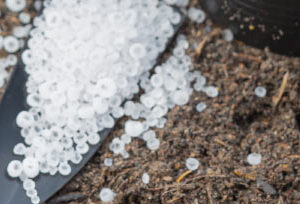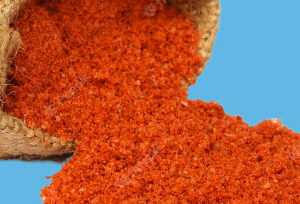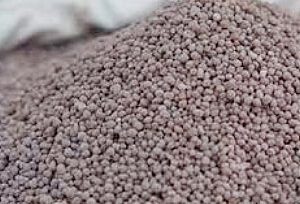Description
Another name of this fertilizer is Carbamide that is an organic compound with the NH2COONH4 chemical formula and is used as one of the most consumable and, of course, the cheapest chemical fertilizers that supply N to the rest of the world.
Urea is neither acidic nor alkaline, highly water-soluble and relatively non-toxic, and urea is widely used in chemical fertilizers as a rich and suitable source of nitrogen. Urea is also one of the most important raw materials in the chemical industry.
Urea is hydrolyzed in the soil and converted to ammonia and dioxide. The solubility of urea is very high in water, which is used for fertilizer and spray application on the plant. 46% of urea is composed of nitrogen.
Other names of urea fertilizer: Amide of carbonic acid, carbamide, carbamide acid, carbonyl diamide, carbonyl diamide, carbonyl diamine.
Production Method
Urea is produced from a reaction between ammonia and carbon dioxide in 143 kg/cm2 and 170-180 0C based on these reactions:
2NH3+CO2 ↔NH2COONH4
NH2COONH4 ↔NH2CONH2+ H20
The first reaction is exothermic and fast, and ammonia and carbon dioxide convert to the liquid ammonium carbamate (NH2COONH4) and the second reaction is endothermic and slow, the ammonium carbamate decomposes to urea (NH2CONH2) and water.
Row | Test Name | Test Result | Unit |
|---|---|---|---|
1 | Nitrogen Content | 46 | % (wt) |
2 | Biuret Content | ≤ 1 | % (wt) |
3 | Moisture | ≤ 0.5 | % (wt) |
4 | Particle Size | 1~2.8 | mm |




